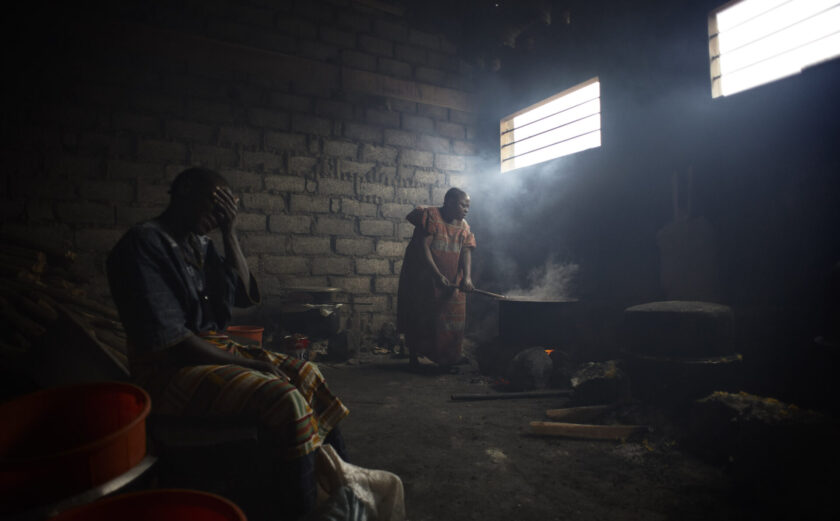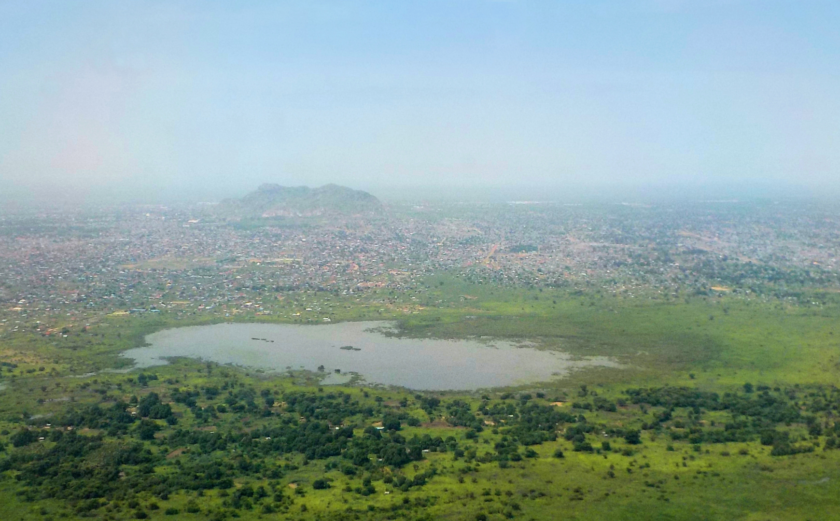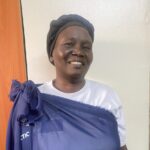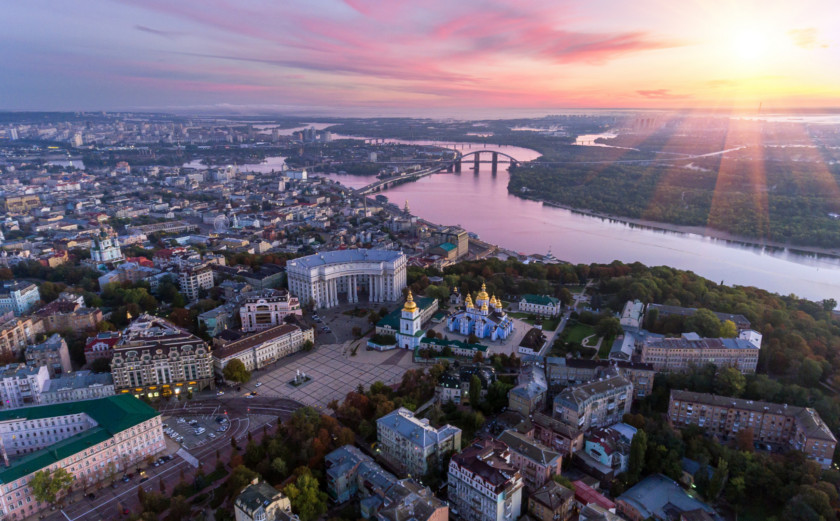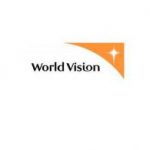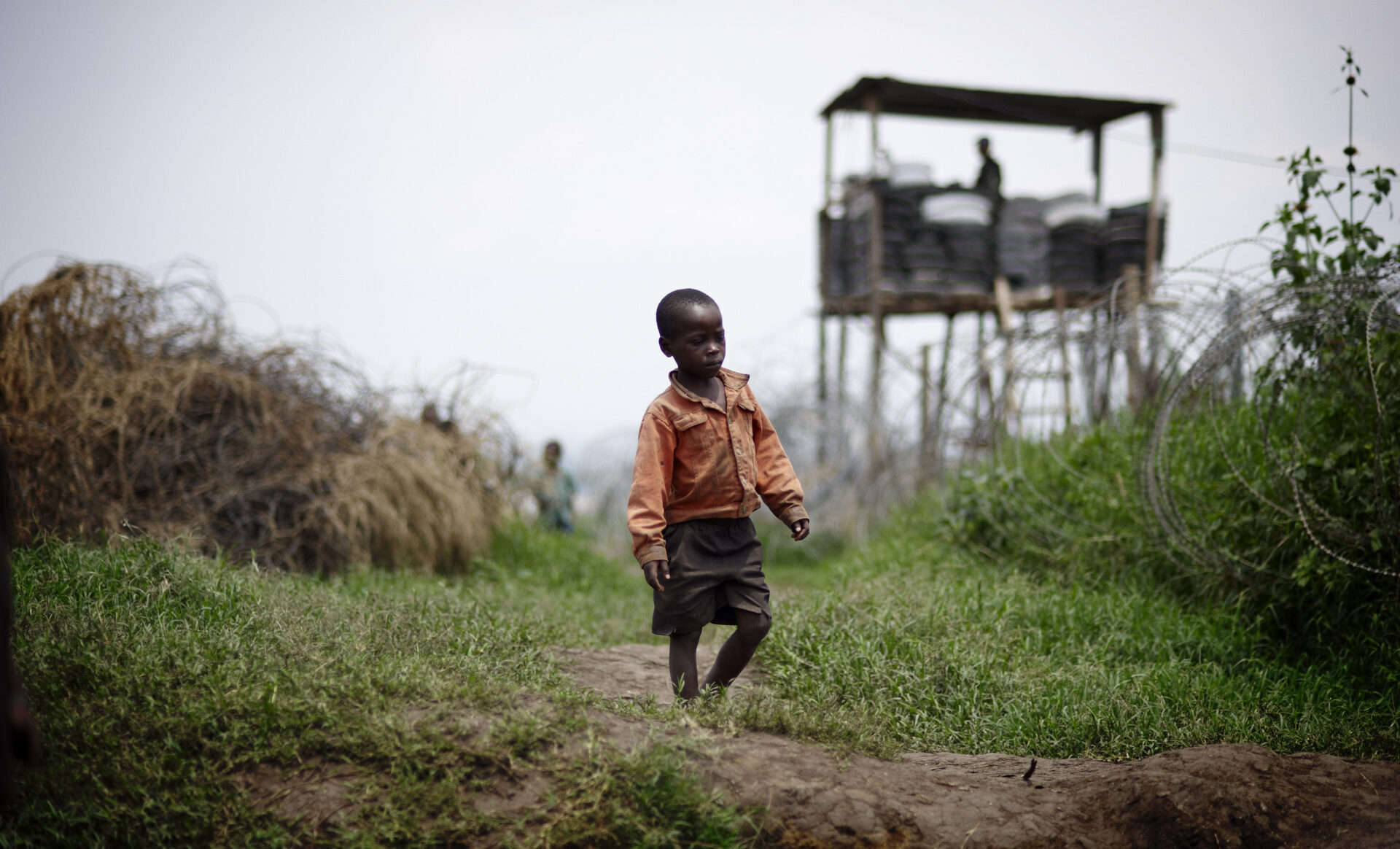
High Level Goma Visit Sheds Light on Unfolding Tragedy in DRC
As conflict in the Democratic Republic of the Congo (DRC) rages—between the Congolese Army, known as the “Forces Armées de la République Démocratique du Congo” (FARDC), and M23, a rebel military allegedly tied to Rwanda—gender-based violence, including sexual violence and killings, have become daily realities for civilians.
Regional tensions have been running high, as the FARDC and M23 elements adopt new means of warfare increasingly targeting civilians and civilian settlements, including displacement sites, while inducing mass displacement across North and South Kivu. In the last six months alone, over one million people have been displaced while the population of displacement sites in the major city of Goma has more than doubled. International NGOs continue to underline to the international community that “this is not business as usual.”
The increased militarization of Goma and internally displaced persons (IDP) camps scattered around its periphery have led to alarming accounts of rape and assassinations, including at the hands of spontaneous auto defense groups, locally known as Wazalendo, that are multiplying and proliferating.
Recent Developments
On Thursday, April 18, a delegation of 22 Kinshasa-based Ambassadors, Deputy Ambassadors, and Heads of Cooperation joined a U.N.-led mission to Goma, which has been the theater of renewed violence and massive population displacement for over two years. The Ambassadors’ visit was intended to raise the profile of the violence against civilians and civilian infrastructure, shrinking humanitarian space including restricted humanitarian access, and violations of international humanitarian law. The mission comes on the coat tails of the U.N. High Commissioner for Human Rights’ mission, a week after the E.U. Ambassador’s visit, and just over a month after U.S. Ambassador Lucy Tamlyn’s visit, all which had similar goals.
In view of a series of unsuccessful peace processes and escalating conflict, humanitarian organizations have been sounding the alarm, providing recommendations (found below) that will help alleviate suffering and bring an end to the violence.
Current Context
The DRC has seen repetitive waves of violent conflict since gaining independence in 1962, compounded by regular outbreaks of epidemics, including Ebola, frequent natural disasters, including flooding and volcanic eruptions, chronic underdevelopment, poverty, inflation, and exploitative resource extraction practices. The country is home to an estimated 113 million people, of whom 25.4 million are estimated to be in need of assistance in 2024.
Last year was notably marked by violent conflict throughout the country’s eastern provinces, particularly in Ituri and North Kivu. Displacement numbers, which only continue to rise, increased from 5.7 million to nearly 7 million between 2022 and 2023. For five consecutive years, the DRC has been classified amongst the top five hunger and displacement crises in the world.
Funding targets have been set around $2.6 billion for this year, noting that historically only around 40% of annual targets have been reached. Primary needs set out in the 2024 Humanitariain Response Plan include food security, health programming, protection, and water, sanitation, and hygiene (WASH). DRC ranks third highest globally for three of six grave violations of child rights and populations are often not connected to water networks. IDPs in particular are in extremely precarious situations in terms of access to potable water, safe latrines, and risk of water and vector borne disease.
Peace Efforts
There are over 125 active armed groups in the DRC, primarily fighting over the country’s precious resources, land tenure, and ethnic disputes. The most recent surges of violence have primarily been between M23 elements, the FARDC, and the Allied Demoratic Forces (ADF), a group affiliated with the Islamic State made up of a joint Congolese and Ugandan force, though ethnic clashes continue throughout the country, particularly in the East. Ituri and North Kivu provinces instated martial law in May 2021, whereby civilian authorities were replaced by military authorities, however this has done little to quell the violence.
In 2023, the DRC government requested the withdrawal of the U.N. Peacekeeping force (MONUSCO), which has been in place since 2010; U.N. Security Council Resolution 2717 enacted the withdrawal, planned to be effective by the end of 2024. The force has faced increasing public criticsm, particulary in North Kivu Province, for the past several years, compounded by opposition to the martial law by many factions in the city.
A series of other initiatives have been put into place to facilitate peace in the DRC: an East African force (EACRF) was deployed in 2023 and replaced by a South Africa Development Community (SAMIDRC) force in 2024, and a series of peace talks have been held in Nairobi, targeting mediation between armed actors, and in Luanda, targeting political alignment between countries in the region, primarily the DRC and Rwanda.
Despite these efforts, the conflict continues and actors have yet to find a durable compromise.
Recommendations:
In light of these circumstances, the International NGO Forum in the DRC, comprised of many of InterAction’s Members, reiterates its urgent requests that:
- There must be an immediate cessation of hostilities to protect civilian populations in accordance with the Nairobi and Luanda Process. Indiscriminate attacks against civilians must stop immediately while means of war shall respect the principles of precaution and proportionality according to International Humanitarian Law, decreasing the direct and indirect impact on civilians.
- All parties to the conflict must abide by their obligations under international humanitarian law by preserving humanitarian space and allowing safe and free movement of civilians, including the non-restricted provision of neutral and impartial humanitarian access. This includes the urgent provision of assistance such as lifesaving services for survivors of sexual violence and acutely malnourished children.
- Humanitarian and civil infrastructure must be respected as such in accordance with U.N. Security Council Resolution 2573, including the immediate full respect of the civilian character of displacement sites, as armed elements of self-defense groups move freely within the major IDP camps in Goma, increasing insecurity and limiting safe access.
- The International diplomatic community ensure the respect of commitments made in various peace processes.
- Congolese authorities and all those whose actions and influence can change the situation in the region play their part in preventing incidents and take steps to ensure that International Humanitarian Law and humanitarian principals are respected.
- Humanitarian coordination and response actors continue to maintain a presence on the ground as close as possible to operations and to ensure a protective framework for civilian populations.
Read the full press release HERE.
Additionally, here are some of our Members’ statements and reports in reaction to the deteriorating situation:
- Action Against Hunger USA
- CARE
- Concern Worldwide U.S.
- iMMAP
- International Rescue Committee
- Norwegian Refugee Council USA
- Refugees International
- World Vision
—
InterAction has recently formed a DRC Working Group for D.C.-based advocates. For more information of if you’re interested in joining the Working Group, please email Cecilia Thiam at cthiam@interaction.org.


